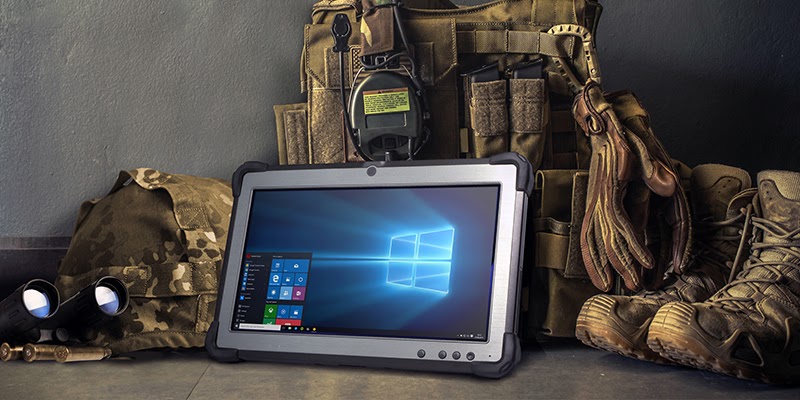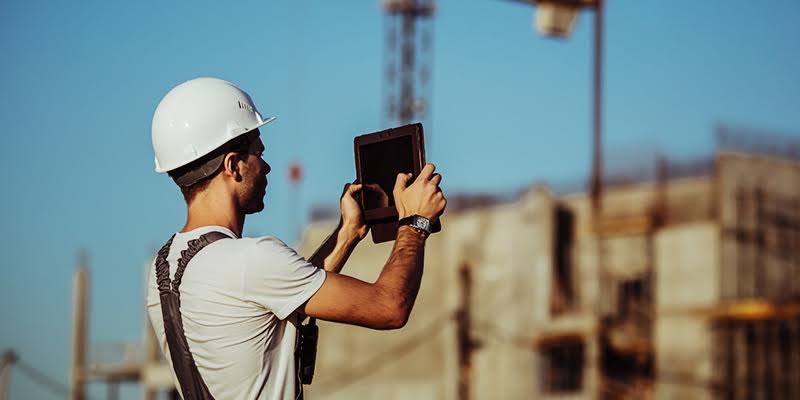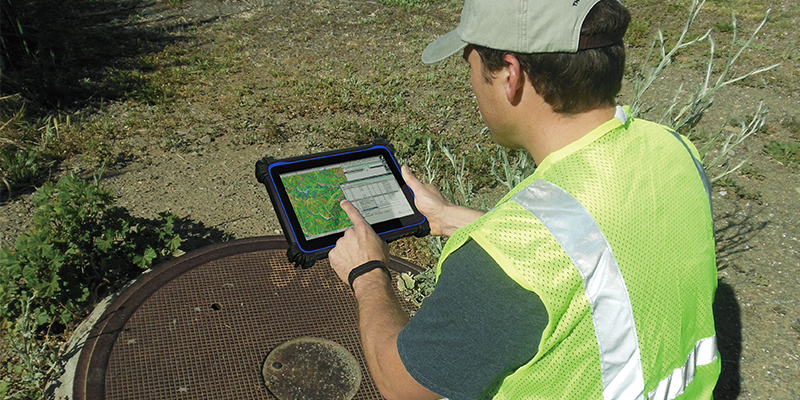
On any given Air Force base – inventory and fleet management are two of the most important logistical tasks on the base to keep it running efficiently. Those responsible for managing thebase logistics have many moving parts to track, order, process and ensure everything is in the right place at all times. Should inventory run out or be misplaced all other areas of a mission could be affected.





